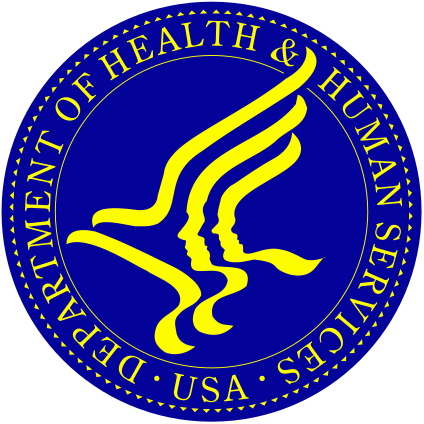Department of Health and Human Services 
Reducing Opioid Morbidity and Mortality
Goal Leaders:
| Brett Giroir, M.D., Assistant Secretary for Health | |
| Elinore F. McCance-Katz, M.D., Ph.D., Assistant Secretary for Mental Health and Substance Abuse | |
| Nora D. Volkow, M.D., Director, National Institute on Drug Abuse |
Goal Statement: Reduce opioid-related morbidity and mortality through: 1) improving access to prevention, treatment and recovery support services; 2) targeting the availability and distribution of overdose-reversing drugs; 3) strengthening public health data and reporting; 4) supporting cutting-edge research; and 5) advancing the practice of pain management. Starting from the baseline of September 30, 2019, by September 30, 2021:
- Treatment—Increase uptake of medications for the treatment of opioid use disorder:
- By 15 percent the number of unique patients receiving prescriptions for buprenorphine in U.S. outpatient retail pharmacies (excluding implantable or long-acting injection products).
- By 100 percent the number of prescriptions for long-acting injectable or implantable buprenorphine from retail, long-term care, and mail-order pharmacies in the U.S.
- By 25 percent the number of prescriptions for extended-released naltrexone from retail, long-term care, and mail-order pharmacies in the U.S.
- By 57 percent the number of providers with a DATA 2000 waiver authorizing buprenorphine prescribing for opioid use disorder treatment.
- Overdose intervention—Increase availability and access to overdose-reversing drugs:
- By 50 percent the number of prescriptions dispensed for naloxone in U.S. outpatient retail and mail-order pharmacies.
Goal Action Plans & Progress Updates


